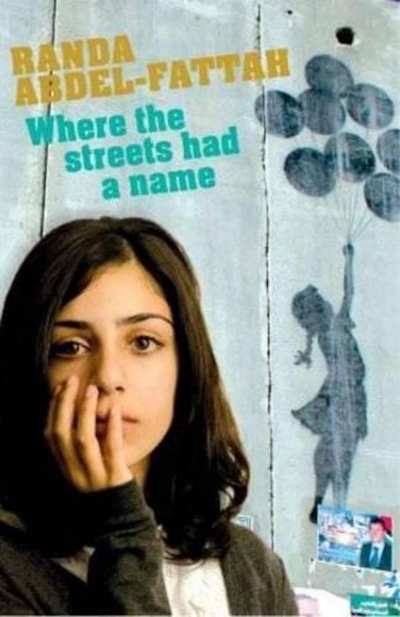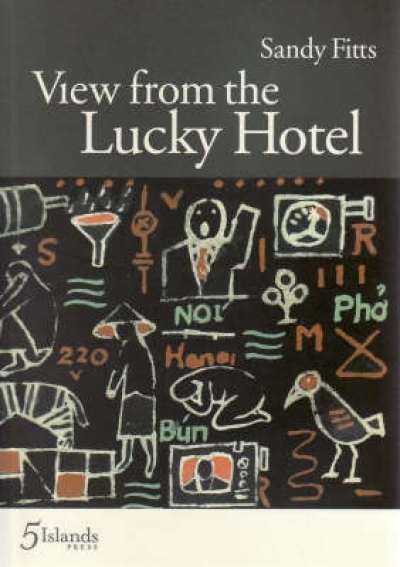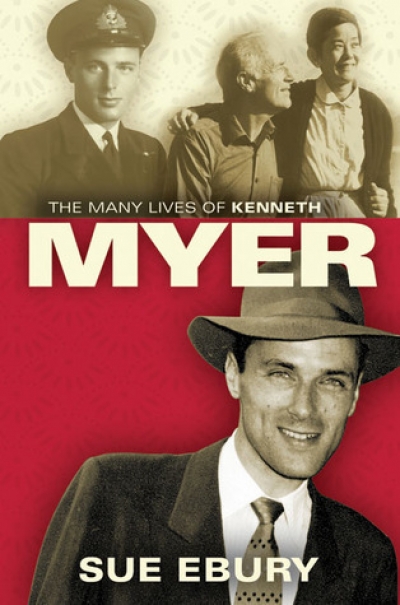Accessibility Tools
- Content scaling 100%
- Font size 100%
- Line height 100%
- Letter spacing 100%
Archive
The ABR Podcast
Released every Thursday, the ABR podcast features our finest reviews, poetry, fiction, interviews, and commentary.
Subscribe via iTunes, Stitcher, Google, or Spotify, or search for ‘The ABR Podcast’ on your favourite podcast app.
‘Where is Nancy?’ Paradoxes in the pursuit of freedom
by Marilyn Lake
This week on The ABR Podcast, Marilyn Lake reviews The Art of Power: My story as America’s first woman Speaker of the House by Nancy Pelosi. The Art of Power, explains Lake, tells how Pelosi, ‘a mother of five and a housewife from California’, became the first woman Speaker of the United States House of Representatives. Marilyn Lake is a Professorial Fellow at the University of Melbourne. Listen to Marilyn Lake’s ‘Where is Nancy?’ Paradoxes in the pursuit of freedom’, published in the November issue of ABR.
Recent episodes:
William Kostakis
Jackie French explores the impact of World War I on both the home- and battlefronts in her extensively researched and earnestly written A Rose for the ANZAC Boys (Harper-Collins), which finds three young girls ditching the irrelevant deportment classes of an English boarding school to start a canteen in France for wounded soldiers. Barry Jonsberg’s Ironbark (Allen & Unwin), an uplifting read about facing inner demons and family, sees a sixteen-year-old city boy with Intermittent Explosive Disorder sentenced to a place worse than prison: his grandfather’s shack in rural Tasmania. On the ‘make-things-go-boom’ action side of the young adult spectrum, Jack Heath’s Money Run (Pan Macmillan), with its perfect mix of humour, suspense and attention to character, proves Heath’s expertise defies his age.
... (read more)Where The Streets Had A Name by Randa Abdel-Fattah
Modern Times: The untold story of modernism in Australia edited by Ann Stephen, Philip Goad and Andrew McNamara (eds)
The Best Australian Poems 2008 edited by Peter Rose & The Best Australian Poetry 2008 edited by David Brooks
The Keys to the Kingdom: Superior Saturday by Garth Nix
Judith Armstrong
I want to recommend one book only: The Ferocious Summer: Palmer’s Penguins and the Warming of Australia (Allen & Unwin), by Meredith Hooper, an Australian woman living in Cambridge. This is a lovely book, beautifully written, with deep concern for both science and story. It is a study of the effects of rising temperatures on the small Adélie penguins at Palmer Station on Anvers Island in the Antarctic. How, against all odds, did The Ferocious Summer so entrance me? It is not just the arresting message it carries – that climate change is something specific and local, delivering ‘sudden blows or glancing whacks’, rather than throwing a warm blanket over the earth. Its sad effects on baby penguins (low birthweight, failed eggs) is the central evidence in this unfolding reality, but so is that of the colony of volunteer scientists and support people, who brave blizzards to make their observations, and live in accommodation so limited that per-sonal space is almost non-existent. Hooper’s ability to convey in sensitive and singular language the intimate interaction between nature and humans, birds and researchers, the sea, the ice and the land, is deeply moving. The book was entered in a state literary competition; the five-person panel, of which I was the convenor, was unanimous in awarding it first prize. But, because the author is unknown here, the news sank like a stone. This is my attempt to publicise a superb piece of writing.
... (read more)








